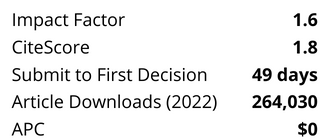Abstract
In tomato processing plants, the production of paste involves the use of heat to evaporate water to concentrate the tomato juice. The hot water isolated from the juice is then passed through cooling towers to cool it sufficiently before discharge. Recovery of excess and blowdown water from the cooling towers would decrease the net water demand of the plant and improve water efficiency. However, since this water has been exposed to the open air, it must be disinfected before reuse. This research investigated the use of a novel ultraviolet (UV) system to disinfect water from the cooling tower basins located at an industrial tomato processing facility. The objective was to assess, in situ, the disinfection system's performance with regards to its utility, and its ability and to treat wastewater generated in an operational, industrial-scale setting. Beyond typical wastewater microbial assays, 16S rRNA gene sequencing was employed to understand the bacterial communities present in the wastewater, and to screen for microorganisms that may pose a risk for water reuse in food processing facilities.




%20cropped.png?versionId=5954)